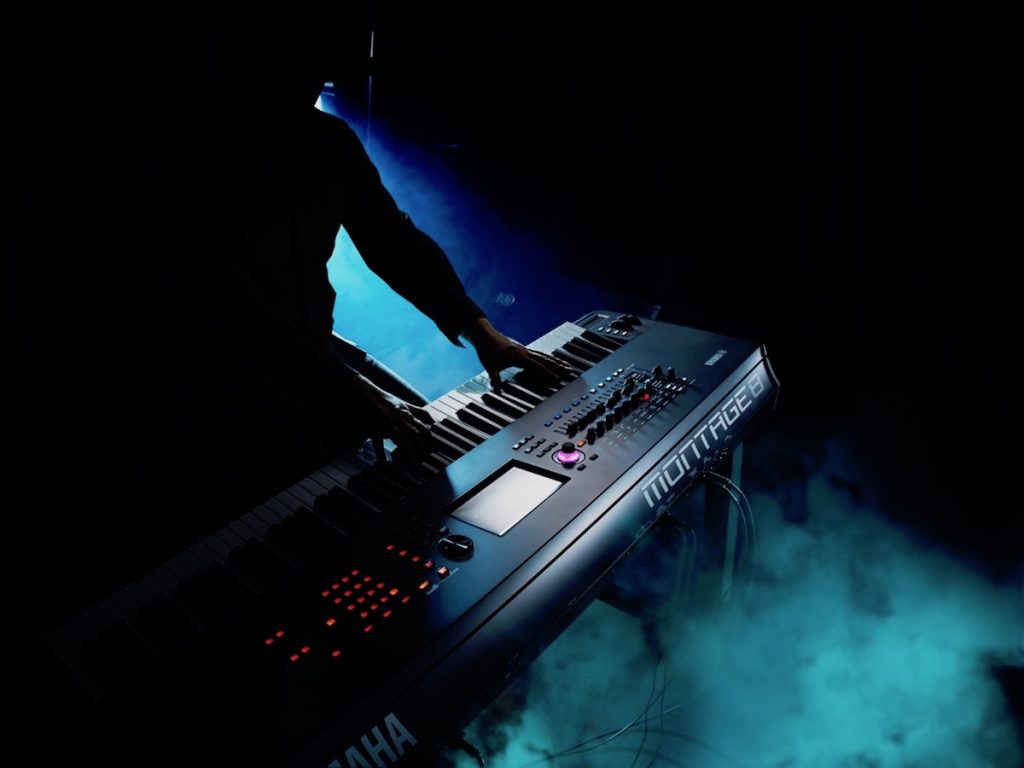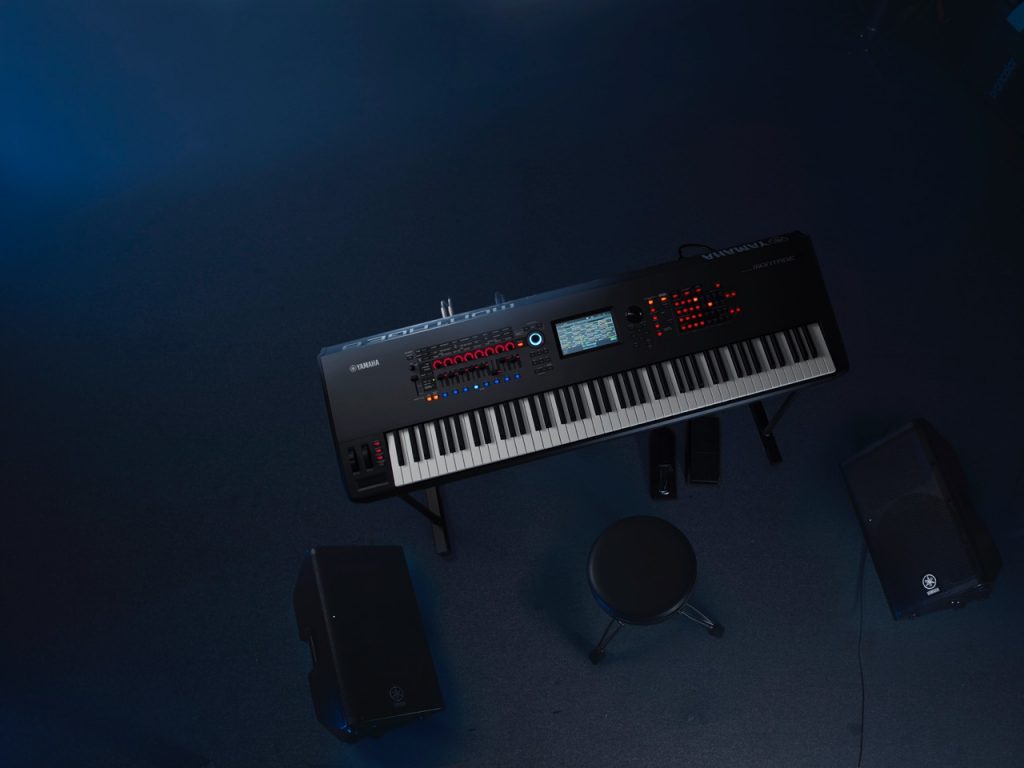Tagged Under:
Lessons from a MONTAGE Master
An overview of programming basics lessons for your MONTAGE.
The MONTAGE synthesizer is an amazing instrument. It’s capable of doing many different things, from producing EDM to designing specific sounds for a film – or as a creative outlet for your audio dreams. It is also a powerful piece of music technology which requires some practice and guidance to fully master its capabilities.
To help you make the most of your MONTAGE, Yamaha’s own “Bad Master” Phil Clendeninn has written a series of comprehensive “Mastering MONTAGE” postings for this blog. If you have not yet had an opportunity to learn from this master musician and synthesizer guru, you’ll definitely want to check them out!
Getting Started With MONTAGE
This article sets the stage for the series and introduces major concepts for MONTAGE owners. You’ll learn about how to use the various reference materials available and “out of the box” functionality, including factory presets for Live Sets, plus defining features. It will also introduce you to some of the “Do’s and Don’ts” – without putting limits on your imagination.
The MONTAGE Super Knob
When you look at your MONTAGE, one of the first things you probably noticed is the “Super Knob.” Though visually eye-catching, it is your ear that will benefit most from this feature. It enables you to dive deeper into the world of motion control synthesis. Music is motion – and this lesson begins your journey into how the Super Knob helps you put your music in motion.
MONTAGE Super Knob Common
Continue your foray into the power of the Super Knob with a description of how it controls performance architecture and all Parts in common. This lesson provides a combination of insight and hands-on experiments for you.
MONTAGE Super Knob Unipolar
Taking the next step into the complexities, you will have the opportunity to learn about assigning a Part’s parameters to the Super Knob. You will learn through specific examples – and for those of you experienced with Motif, you’ll learn how to adapt your knowledge to the MONTAGE.
MONTAGE Super Knob Bipolar
The Super Knob can also be used bi-directionally – or “Bipolar” – allowing you to change the minimum or maximum speed from the initial setting. In addition to providing you with the “how-to” for using this capability, this lesson also provides guidance on when best to use Unipolar or Bipolar modes with the Super Knob.
MONTAGE Super Knob Morph
Smoothly morphing between two different parts is one of the most important usages of the Super Knob. In this lesson you will practice specifically fading in and out parts to create a coherent sound. Also, there are some fun “Extra Credit” examples for you to experiment with morphing between other curve types.
MONTAGE Super Knob Complex
If you are creating EDM, this is the lesson you’ve been waiting for – using the Super Knob to modulate synth chord sequences. Using what you’ve learned in the first few lessons, this programming is more complex and multi-dimensional than anything accomplished yet.
MONTAGE Super Knob Value Ranges
If you want to more closely target your modulation, this lesson will help you do just that. You’ll learn how to set limitations on the modulation ranges – and store your Performance for future use.
Using the MONTAGE Assignable Knobs
Combining the Super Knob assignments in conjunction with individual assignments to selected Part Assignable Knobs provides intriguing possibilities. Learn when and how this works in a lesson where you begin to integrate the more complex concepts into producing your sound.
The MONTAGE Controller Box Switches
When you need to make control assignments only to specific elements, you can use the Controller Set screen. This lesson takes you through how to make that happen.
MONTAGE Side Chain Modulation
The Side Chain function can be used to modify one Part with another in multiple ways. This lesson demonstrates three possibilities, including Side Chain Compression – and beyond.
The MONTAGE Envelope Follower
Shaping sound and transferring the rhythm from one Part to another can be done with the Envelope Follower. This lesson helps you translate how this works into practice.
MONTAGE Motion Sequences
Motion Sequences provide incredibly creative new ways of programming sound. They are tempo-synchronized, completely customizable control sequences, and in this lesson, Bad Mister provides insight into how to use the MONTAGE to produce – and reproduce – Motion Sequences.
MONTAGE Assign Switches 1 & 2
In this lesson, learn how the Assignable Functions introduced in the Motif XS have evolved and been enhanced in the MONTAGE.
MONTAGE Arpeggio Making 101, Part 1
Creating arpeggios for general use is an art. The first in this two-part series will prepare you for making your own general purpose arpeggio data with MONTAGE.
MONTAGE Arpeggio Making 101, Part 2
The conclusion of this two-part series discusses the various Convert Types in detail and shows you how to create arpeggios for specific usages.
Creating a MONTAGE Orchestral Brass Swell
In this lesson, you’ll learn how to craft a Brass Performance that realistically invokes the sounds of an orchestra by building swells.
For more information, visit the yamahasynth.com website.















